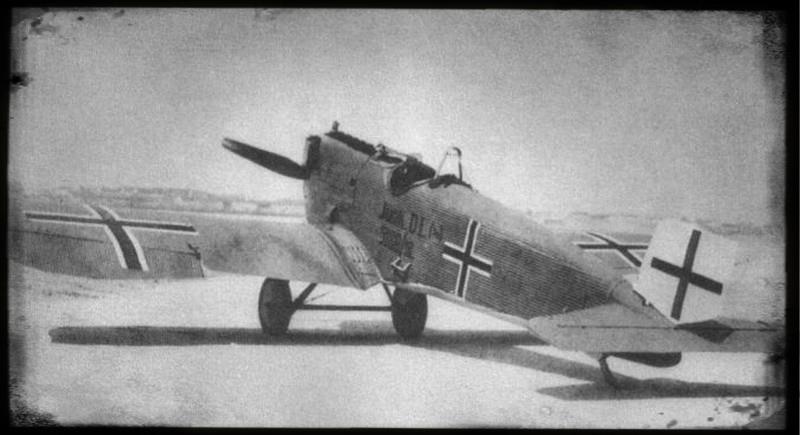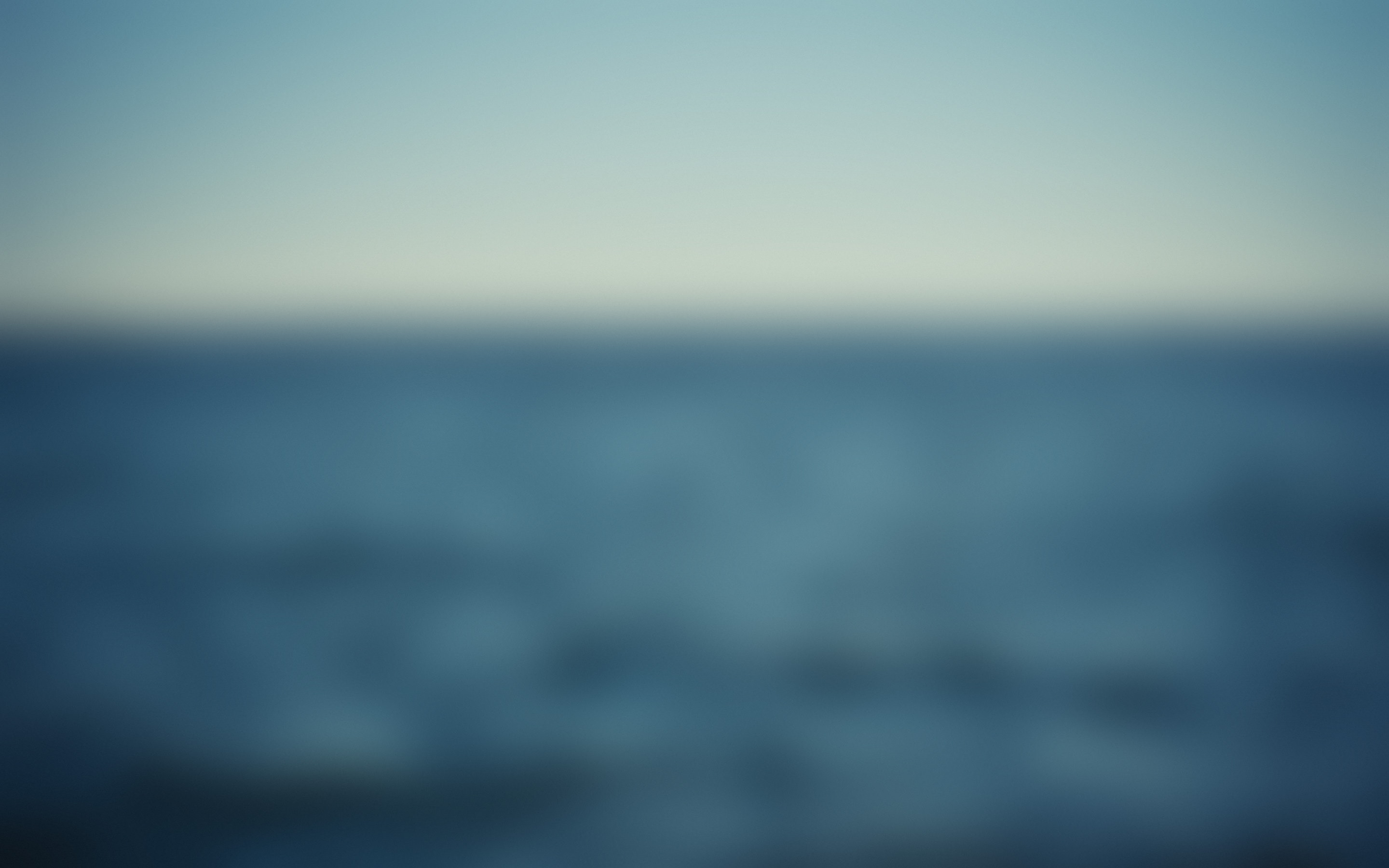Junkers J9 (D.I)
see also: J9 Production List / Junkers J9 Survivors / Junkers J9 Philatelic Items / J9 Model Kits
Fighter Aircraft, First Flight Apr 1917, 47 built
developed by Junkers + Co. in Dessau, built at Junkers-Fokker Flugzeugwerke
Historical Background:

Following the foundation of Junkers-Fokker Werke A.G. in autumn 1917 and following the interest of IDFLIEG in the Junkers J7, discussions arise between Junkers and Fokker about further improvements of the J7 as well as about taking over license rights for the serial production of the J7 for this aircraft. Therefore Junkers decided to stop the J7 developement and restart this project under the designator J9.
The prototype construction of the J9 started in March 1918 following an IDFLIEG order for three test aircraft of the Junkers J7 and the first flight was already performed one month later in April 1918. In May 1918 the aircraft was handed over to IDFLIEG for its type approval. During the test flights at Adlershof the aircraft showed a good performance, but it still showed some missings in maneuvering. Nevertheless IDFLIEG placed an order for 20 serial aircraft at Junkers-Fokker Werke A.G., which were later reduced to 10 aircraft due to an invention of Hugo Junkers, who claimed a serial line of 10 aircraft for his ICO facility for having some feedback of the production line to the ICO developement staff. Therefore the order was splitted between ICO and Junkers-Fokker A.G.
Further test flights at Adlershof showed, that the J9 was not convenient for the German fighter pilots. While the J7 seemed to be an adequate aircraft, the improvements on the J9 were not satisfying the IDFLIEG pilots. Therefore IDFLIEG stated, that metal aircraft are usefull for combat- and probably navy aircraft, but not for fighter aircraft. From that time on, IDFLIEG was focused on the utilization of the J9 for navy missions. The further utilization of the J9 as a fighter aircraft should be investigated with another engine, the Benz Bz IIIbm but even did not show any better result.
Initial military utilization of the J9 was initiated by Lt. Gotthardt Sachsenberg, who asked IDFLIEG for 12 Junkers J9 aircraft for his navy fighter unit at Flander. The initial order of 10 Junkers J9 aircraft were finished in August/September 1918. But those aircraft seemed not to have appeared at Flander. But after the end of WWI Sachsenberg's unit was moved to the Eastern frontier to prevent the border from Soviet invasions. Sachsenberg's Fliegerabteilung Ost was equipped with Junkers J9 and finally up to 47 aircraft were built.
| Aircraft | year | engine | length in m | span in m | wing area im sqm | net weight in kg | payload in kg | seats | speed in km/h | range in km |
|---|---|---|---|---|---|---|---|---|---|---|
| J 9 (D-1) | 1918 | Mercedes DIIIa (118kW) | 7,25 | 9,00 | 14,80 | 655 | 180 | 1 pilot | 220 | 200 |
Weblinks:
- Junkers.de - J9 Desricption (German)
- airwar.ru - Site with a lot of J9 Photos and textes (Russian)
Literature:
- Peter Grosz
Windsock Datafile No. 33: Junkers D.I
Albatros Publications, March 1992, ISBN 948414413
introduced Jul 1996, transfered Jun 2017
contents last updated 25 Dec 2002

